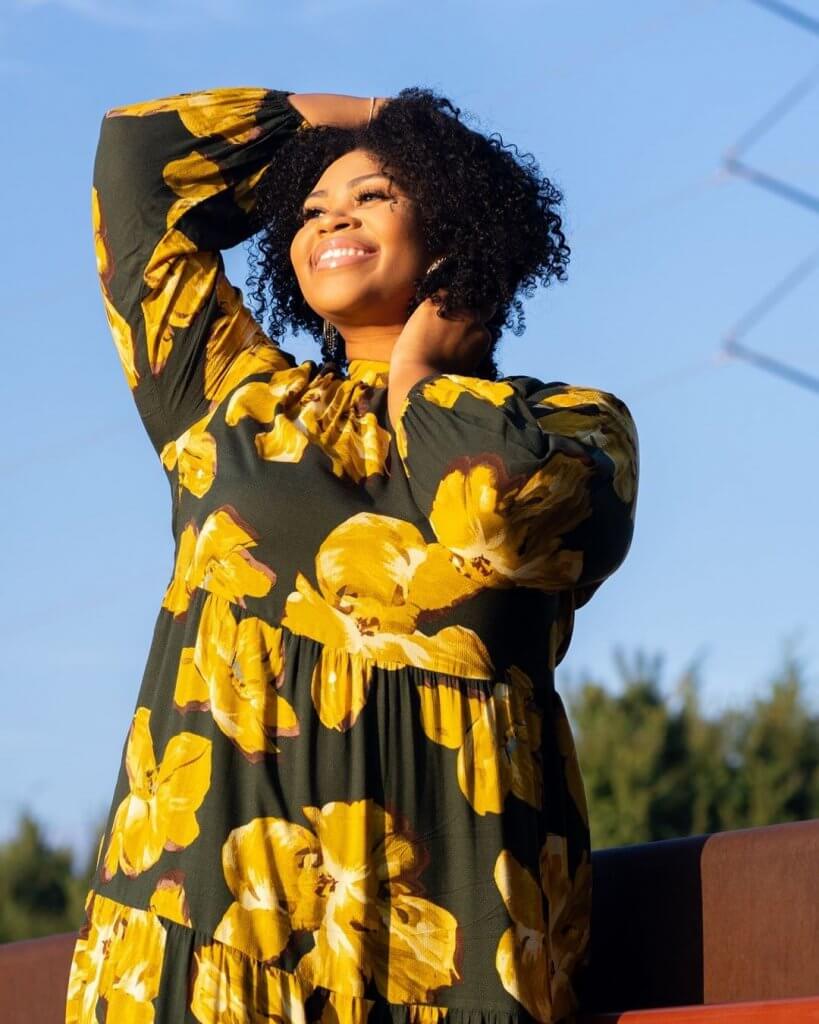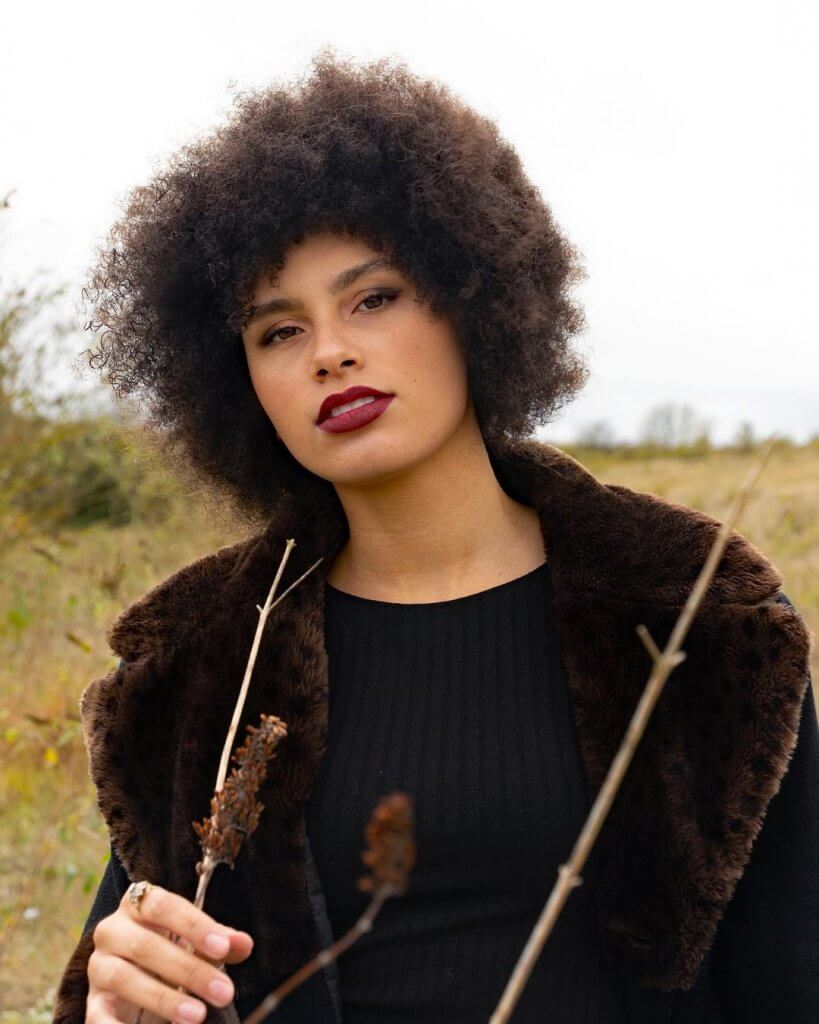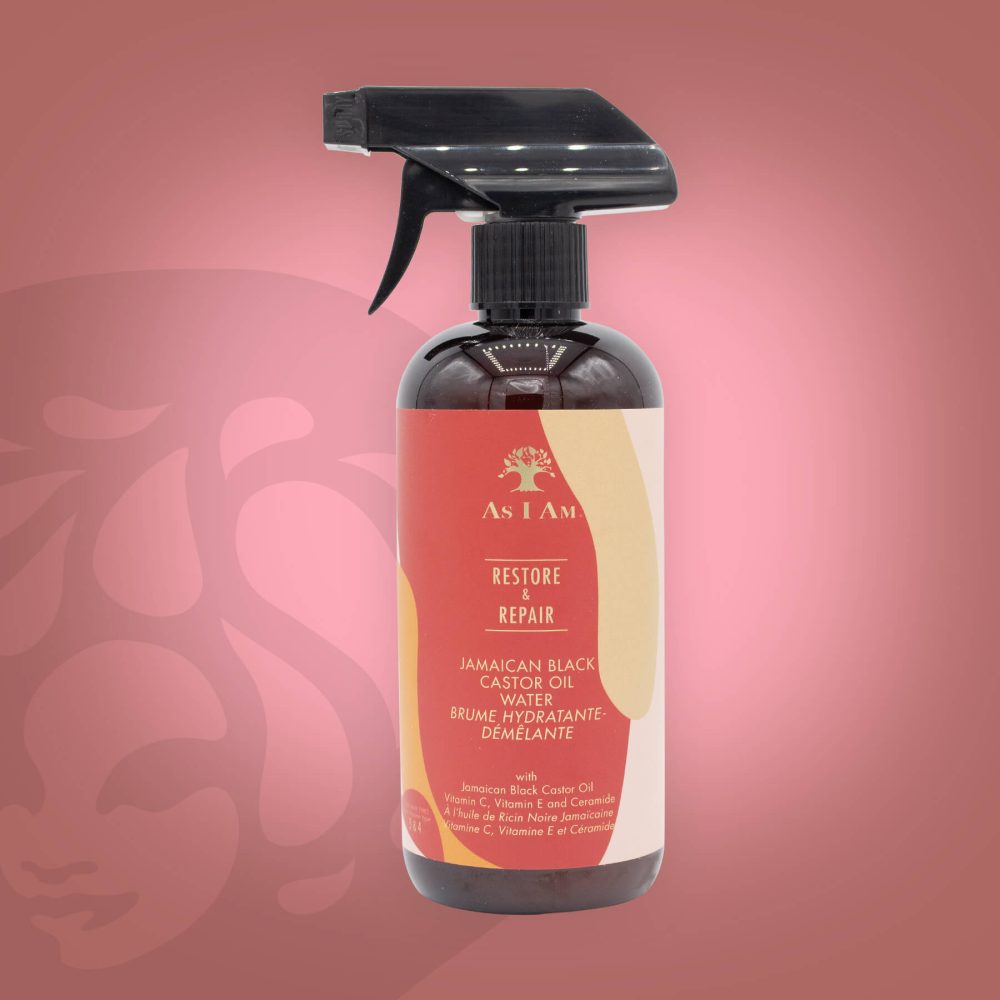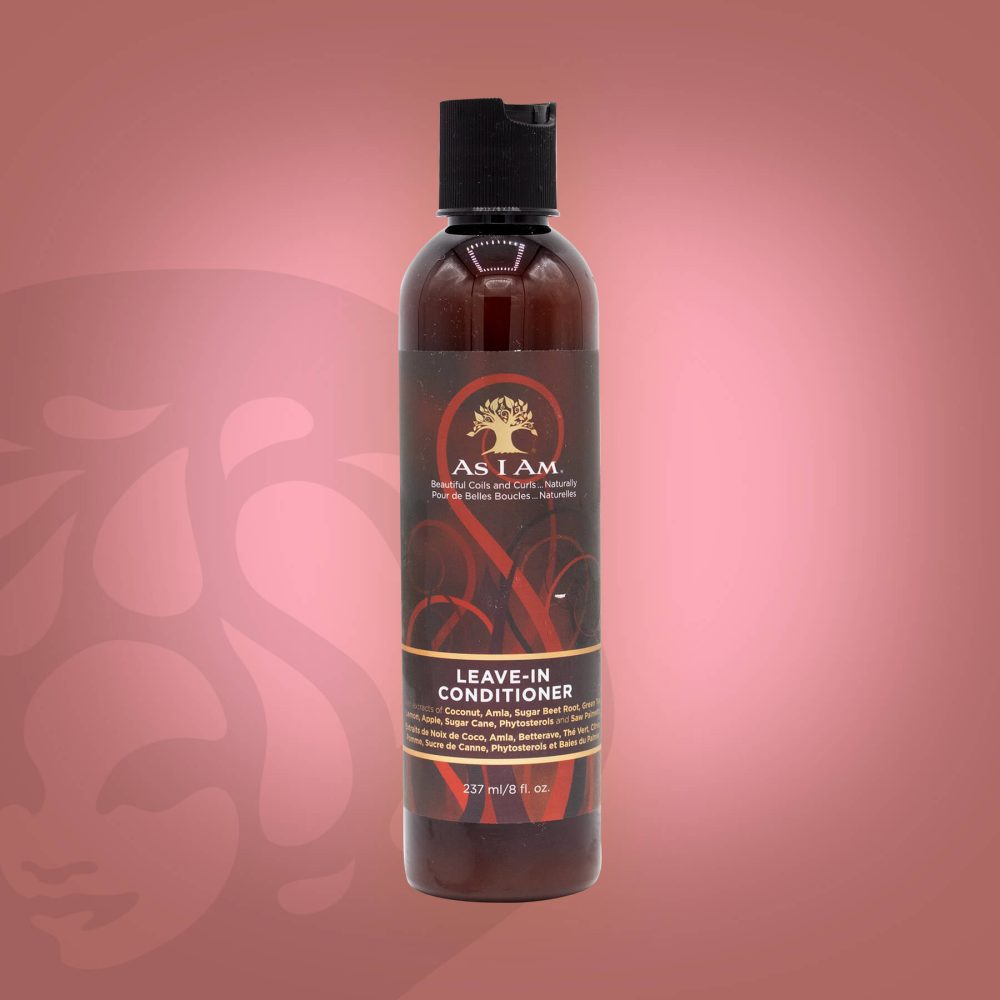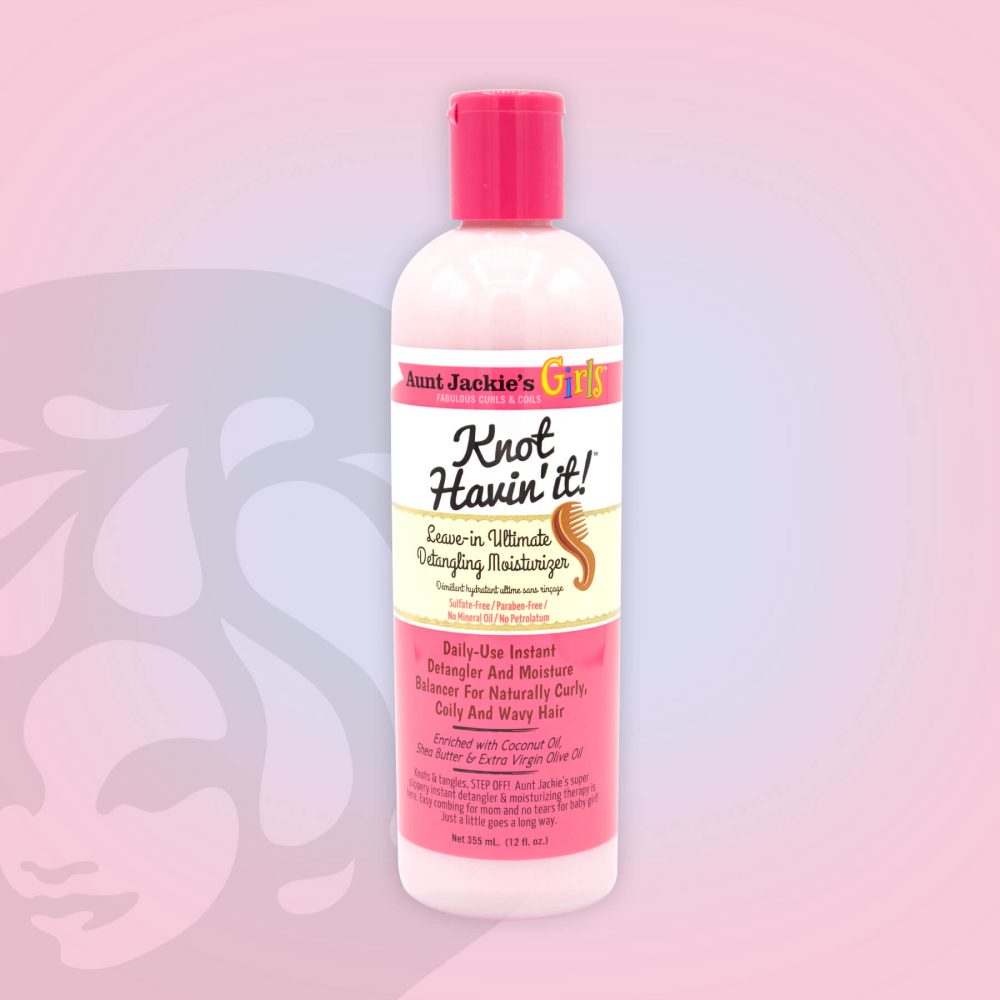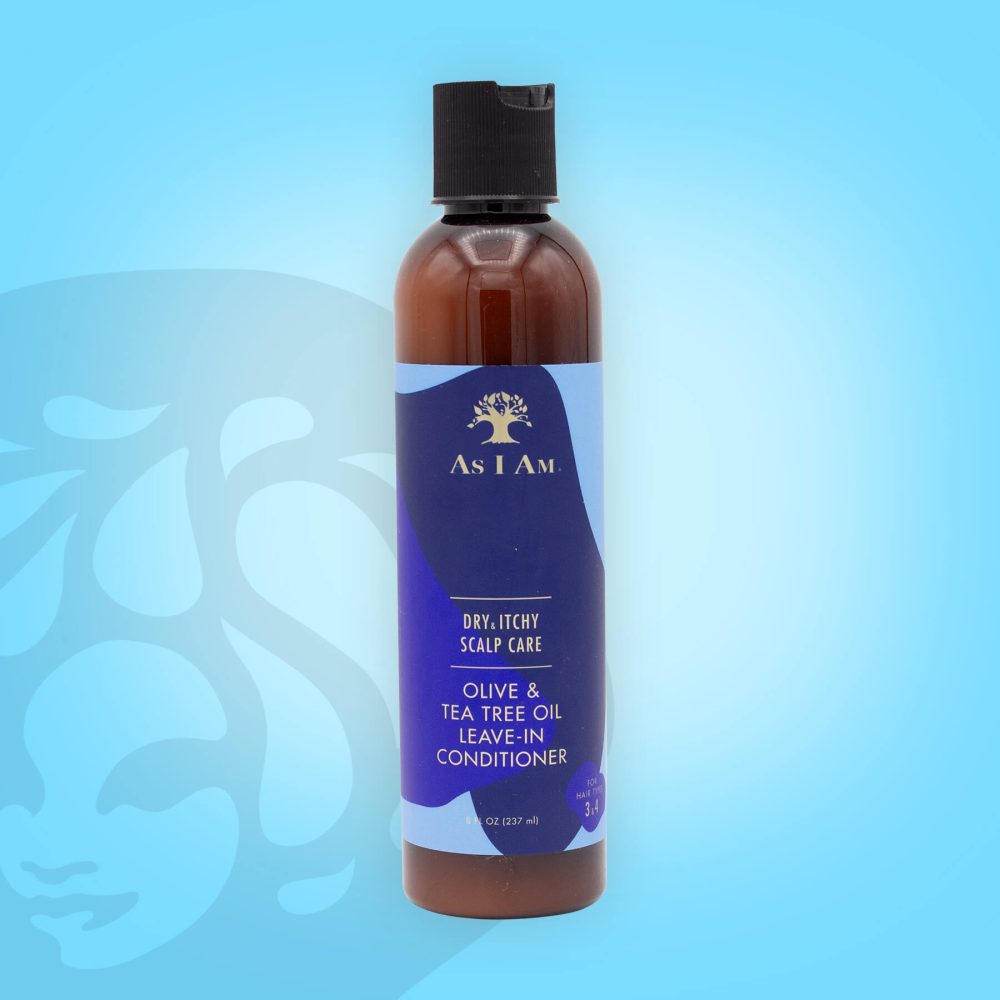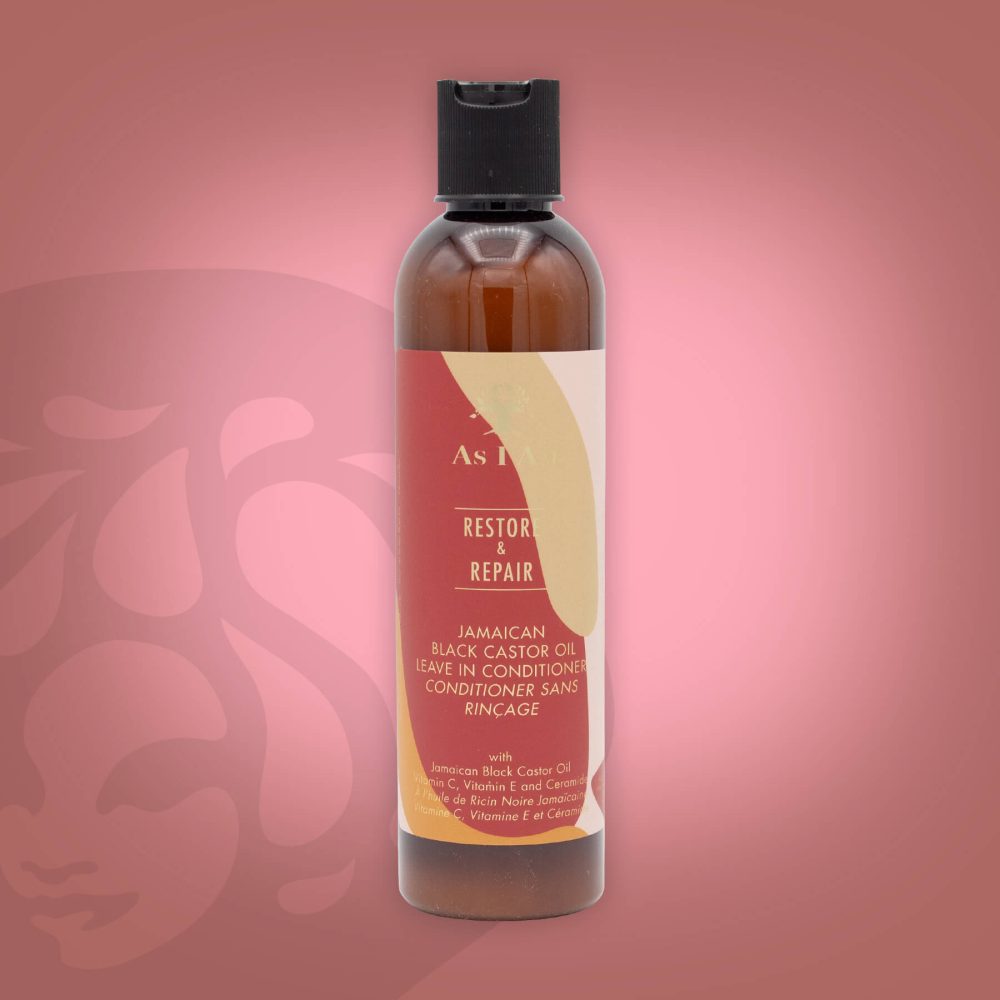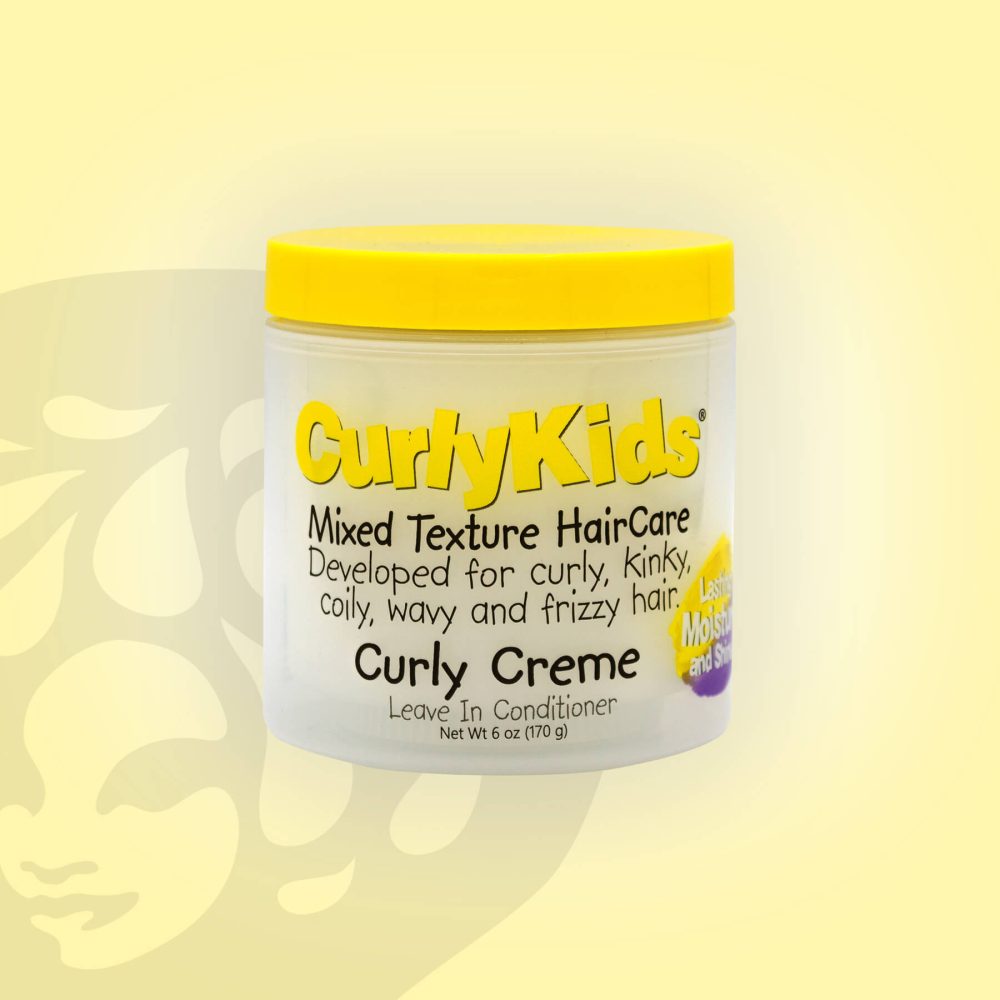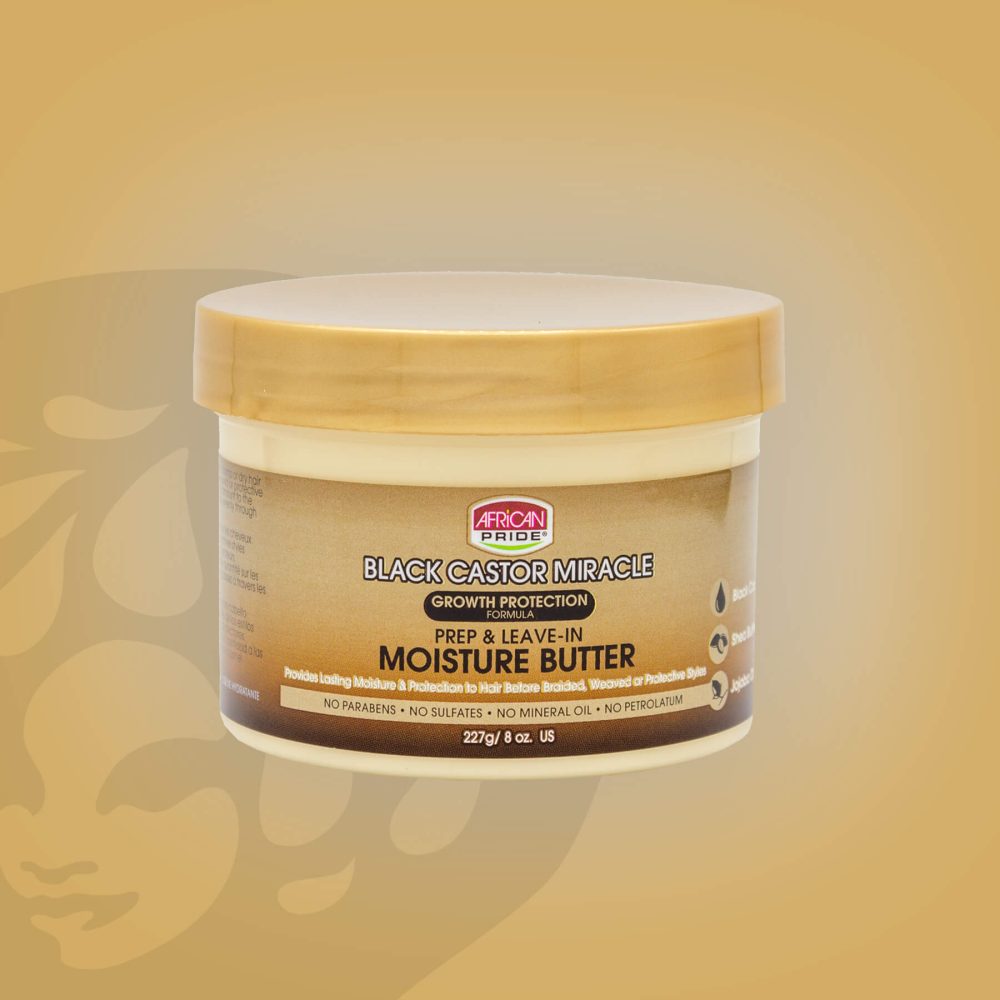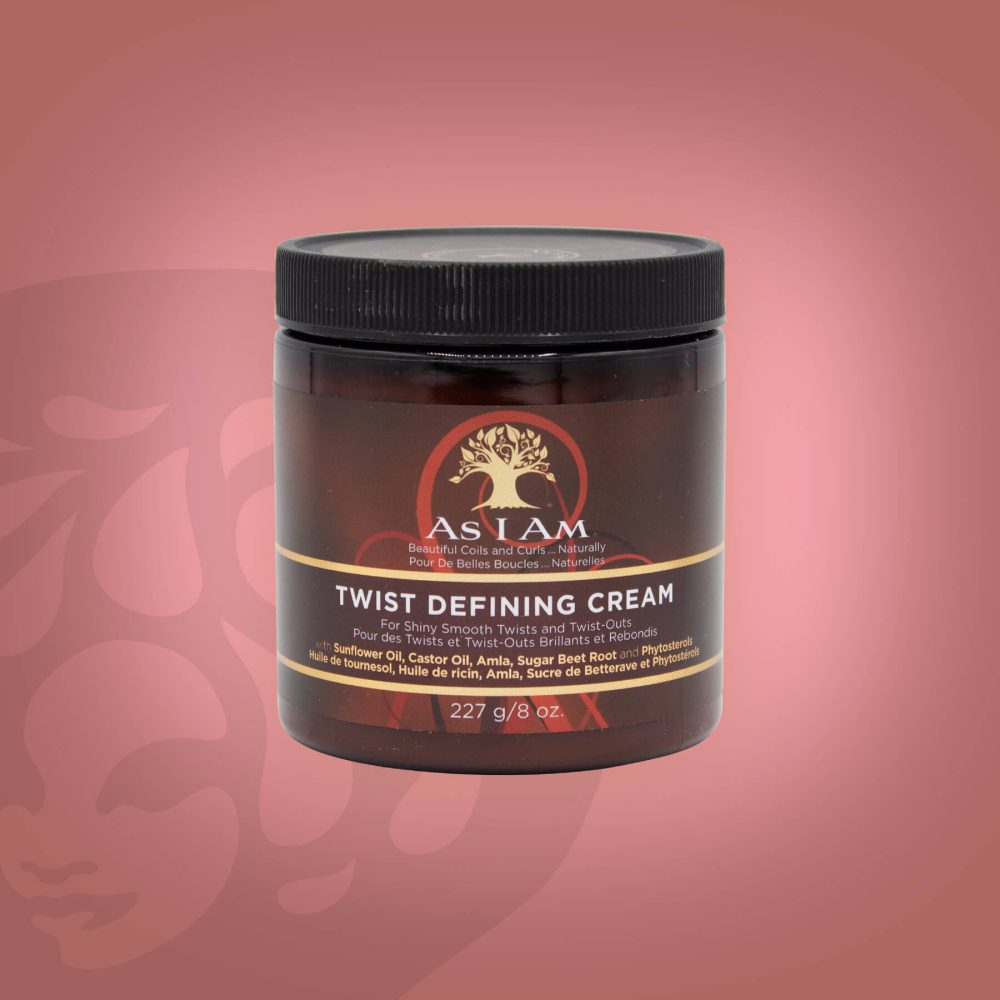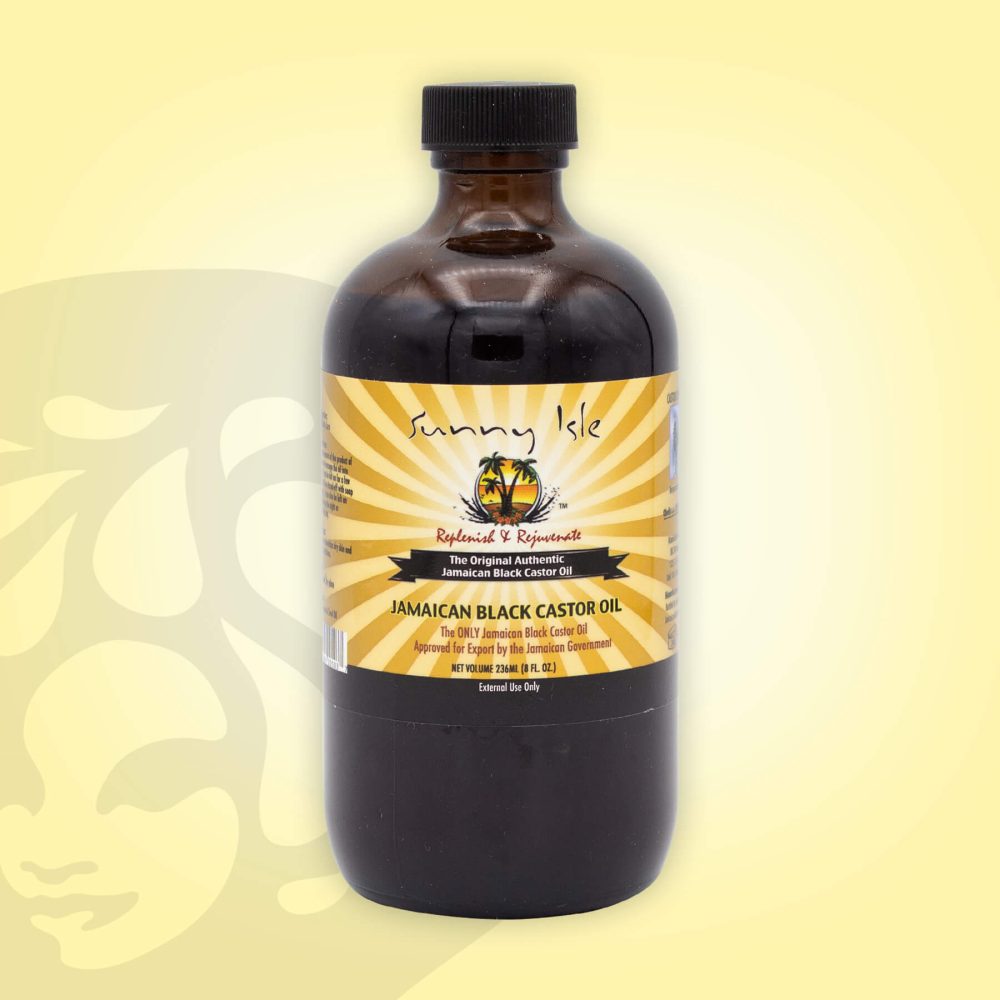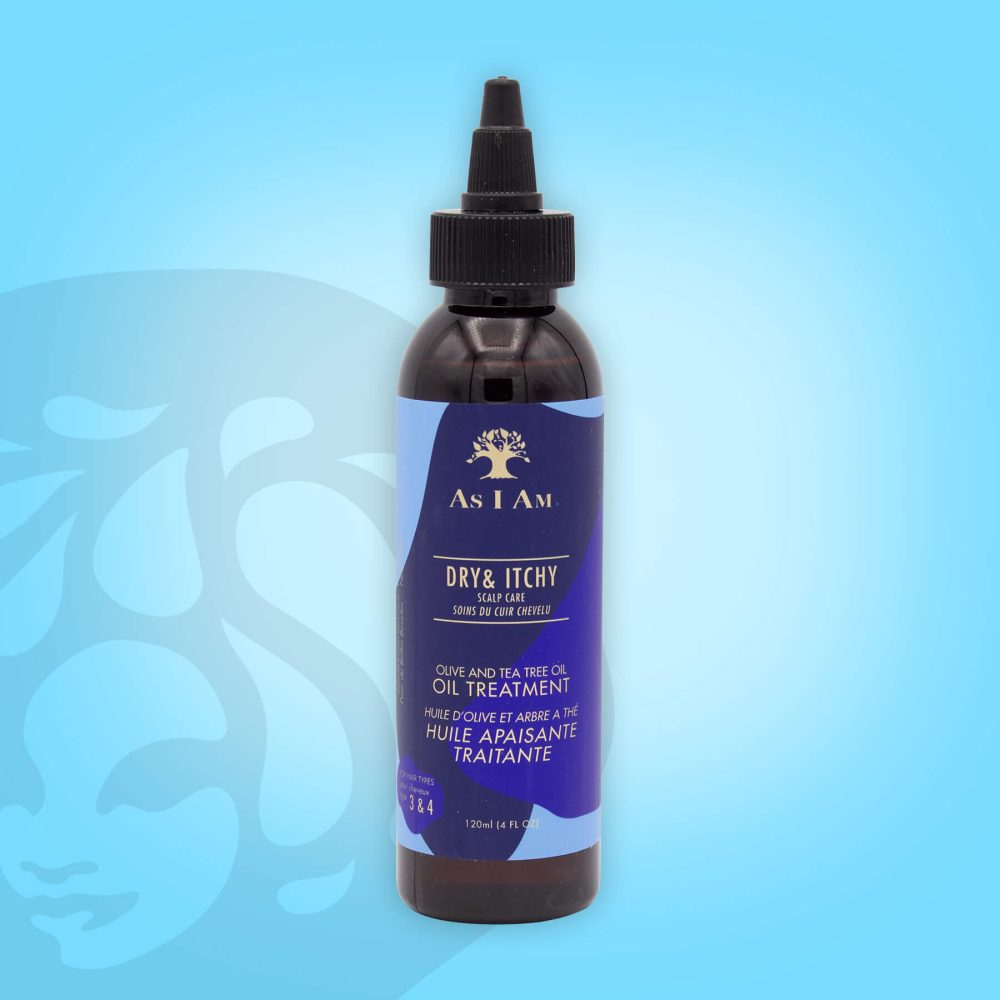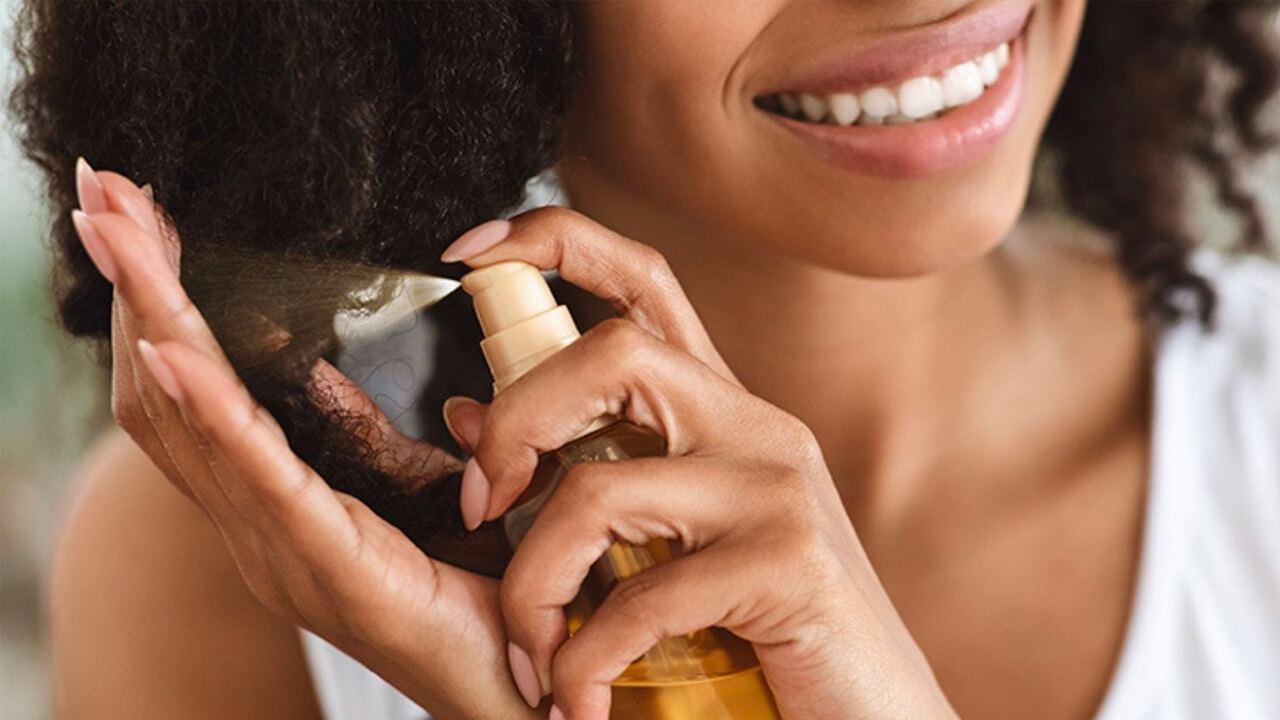No matter where you are in your natural hair care journey, finding the right method and combination of products to help keep your hair moisturized, healthy, and happy is a process!
As we’re working on practicing more self care and self love going into the hibernation season otherwise known as winter…there is a tried and true maintenance that continues to be a topic of debate in the curly hair community.
Have you ever heard of the term L.O.C (Liquid Oil Cream) or L.C.O (Liquid Cream Oil)? These simple three step methods are staples for many naturalistas who who want to achieve go to styles like a twist out, rod sets, braid outs and more!
The LCO method was created by the founder and CEO of Alikay Naturals to help curlies achieve healthy and hydrated hair. While we all have different hair types that have their own product needs, you can adjust your current routine to fit whichever method works best for your hair.
Both of these methods have proven to be optimal for moisturizing your hair and adding layers of products to help achieve moisture retention. Before you decide which method is best for you let’s breakdown the differences, benefits, and tips for using the LCO or LOC method.
What are the differences between LOC and LCO methods?
As we mentioned above there is a difference between LCO and LOC and it starts with the order in which you apply your products. Both of these regimes make it easy to style and apply products in a foolproof method guaranteed to get you winning curl results.
Maintaining and keeping moisture is a vital component of being a naturalista because our curls are literally screaming for hydration all the time.
One of the clear ways to decide on either method is by knowing your hair porosity.
Having a low or high porosity hair type determines how hair absorbs water and products. Low porosity hair has a harder time absorbing products because they have closed cuticles. High porosity hair has cuticles that constantly remain open which means the product travels faster through the hair.
Let’s break down the LCO method
LCO starts with a water based leave-in conditioner, then a styling cream (or butter), and then finishing with an oil. LCO is most popular during the hotter months to help battle humidity and intense sun/heat.
This is the more popular method since using a cream after the liquid can reinforce moisture in the hair is most needed for low porosity hair that needs real moisture penetration.
Breaking down the LOC method
LOC changes the sequences of the regime to help maintain moisture and keep it hydrated longer. It still begins with a leave-in conditioner of your choice but then you add oil then a cream to thoroughly seal in the moisture.
Oil and butter are both known for helping to prevent water from evaporating which helps hair stay moisturised longer. High porosity naturalistas use this method for moisture retention because applying an oil after the liquid locks in that critical first layer of moisture.
The LCO method and LOC method provide different benefits depending on your hair porosity. However they both help to prolong the hydration and moisture that you need post wash day and help with hair growth and hair health.
Either method can be applied once after a wash day usually gets a 3-5 day usage depending on the climate/weather.
Tips for nailing your LOC/LCO routine
For the LCO method, you first start by applying the process to freshly washed hair and then adding a leave-in conditioner like As I Am Classic Leave-In which helps not only to detangle but provides long lasting moisture.
Our top selling leave-in conditioner
Aunt Jackie’s Quench Moisture Intensive Leave-In Conditioner
£5.99The bargain super quencher for your tresses! Hydrating and lightweight so it won’t weigh down your curls. It’s great value for money and it smells great too! It’s a popular one here at afrodrops and it’s easy to see why
As I Am Restore & Repair Jamaican Black Castor Oil Water
£9.99One of our best sellers hands down. This drop from As I Am is the ultimate curl refresher and ‘L’ in your LOC or LCO routine. A light and pleasant fragrance, moisturising and lightweight. It’s the perfect prep step for styling and moisturises more than just water alone – that’s why we love it!
As I Am Classic Leave-In Conditioner
£8.99Epic hydration, softness and shine never felt (or smelt) so good! This hugely popular drop from As I Am gives you real Curl Power by adding moisture and shine. Creates the perfect foundation for gels, custards and styling creams as it stops them flaking and hardening. A quick squeeze of the bottle and you’re set to style!
Aunt Jackie’s Kids Knot Havin’ It Detangling Moisturiser
£5.99Breakage, dryness, knots and grease- we’re knot havin it! An easy peasy, ultra slippery everyday leave-in conditioner perfect for your child’s curls and coils. It’s all about nourishing natural hair and making life a little easier. Detangling and styling is a breeze, plus curls are left moisturised and defined!
As I Am Dry & Itchy Scalp Care Leave-In Conditioner
£8.99The ultimate anti-dandruff leave-in conditioner – FACT! Say goodbye to dandruff and a flaky, itchy, and dry scalp with this nourishing and active leave-in that’s loaded with tea tree oil (proven to soothe dry skin) and coconut oil. Define, nourish and tame your curls AND care for your sensitive scalp in one go. That’s a triple win right there!
Mielle Organics Pomegranate & Honey Leave-In Conditioner
£11.99One of the best leave-in conditioners made specifically for low porosity and type 4 hair. Loaded with honey (a natural humectant to help hydrate and lock in moisture into hair). It’s also got plenty of slip too to help with detangling before styling. Oh, and it smells incredible!
As I Am Restore & Repair JBCO Leave-In Conditioner
£9.99If you’re looking for a bestie in your hair growth journey, this leave-in conditioner is gonna be your BFF for life**.** An ultra-hydrating formula with proven hair-strengthening qualities? Say yes!
Curly Kids Curly Creme Leave-In Conditioner
£5.99You’ll go curl crazy for your kids soft, moisturised curls, coils, kinks or waves! Minimises breakage, helps detangling and maximises softness. It’s added manageability factor makes this a real win and it’s the perfect prep-step before styling!
Next you will use a hair moisturising cream like Mielle Organics Pomegranate and Honey Curl Smoothie to seal and moisturise your ends and then finish it with your favourite oil like Sunny Isle Black Castor Oil to seal the hair and keep moisture in. Remember the LCO method is best for low porosity hair that needs additional moisture.
Our top selling hair moisturisers
As I Am Restore & Repair Jamaican Black Castor Oil Water
£9.99One of our best sellers hands down. This drop from As I Am is the ultimate curl refresher and ‘L’ in your LOC or LCO routine. A light and pleasant fragrance, moisturising and lightweight. It’s the perfect prep step for styling and moisturises more than just water alone – that’s why we love it!
Aunt Jackie’s Kids Knot Havin’ It Detangling Moisturiser
£5.99Breakage, dryness, knots and grease- we’re knot havin it! An easy peasy, ultra slippery everyday leave-in conditioner perfect for your child’s curls and coils. It’s all about nourishing natural hair and making life a little easier. Detangling and styling is a breeze, plus curls are left moisturised and defined!
African Pride Black Castor Miracle Leave-In Moisture Butter
£5.99Wakes up curls, moisturises and seals locks! Perfect for daily styling, protective styling and for the ‘C’ in your LOC/LCO regiment. It’s also amazing for quenching the thirst of medium/high porosity hair too!
As I Am Classic Twist Defining Cream
£9.49Anything As I Am put out is usually gold and this creamy styler / twist defining cream is of no exception! It smells incredible and creates gorgeous twist-outs and braid-outs without the crunchy or crispy feeling. It’s moisturising too. It’s super popular and it’s not hard to see why!
Our top selling hair oils
Mielle Organics Rosemary Mint Scalp & Hair Strengthening Oil
£10.99This is the hair and scalp oil that’s SO GOOD you keep it hidden from your friends and family. It smells refreshing, strengthens hair, helps prevents breakage and has a great cooling sensation too. Oh, it’s loaded with incredible ingredients too. It’s an absolute gem and perfect for protective styling.
Sunny Isle Jamaican Black Castor Oil
£5.99The original and the best, and did we mention it does absolutely everything? From your hair, eyelashes, brows, beards and skin care in one bottle!
As I Am Dry & Itchy Scalp Care Olive & Tea Tree Oil Treatment
£10.99Lightweight, nourishing and it specifically combats dandruff and dry scalp too! It’s the triple threat. Tea tree oil is also a natural antibacterial too so it helps to keep your hair cleaner between wash days.
Aunt Jackie’s Kids E-Blast Vitamin E & Flaxseed Scalp Therapy Oil
£5.49Tailored for kids hair that’s natural, curly, or in an afro. Gives your little one’s scalp an all-natural, soothing treat every day. With a gentle, tear-free formula, you forget all about bath time tantrums. This oil moisturises the scalp, preventing itchiness and dryness, with results after just one use.
The LOC method can use your same combination of products but instead you will use oil to seal the hair and prevent too much moisture by trapping it in and giving you a chance to absorb all the benefits. High porosity hair may take to moisture easier than low porosity hair but always use a water based leave-in so your hair doesn’t get greasy or weighed down.
